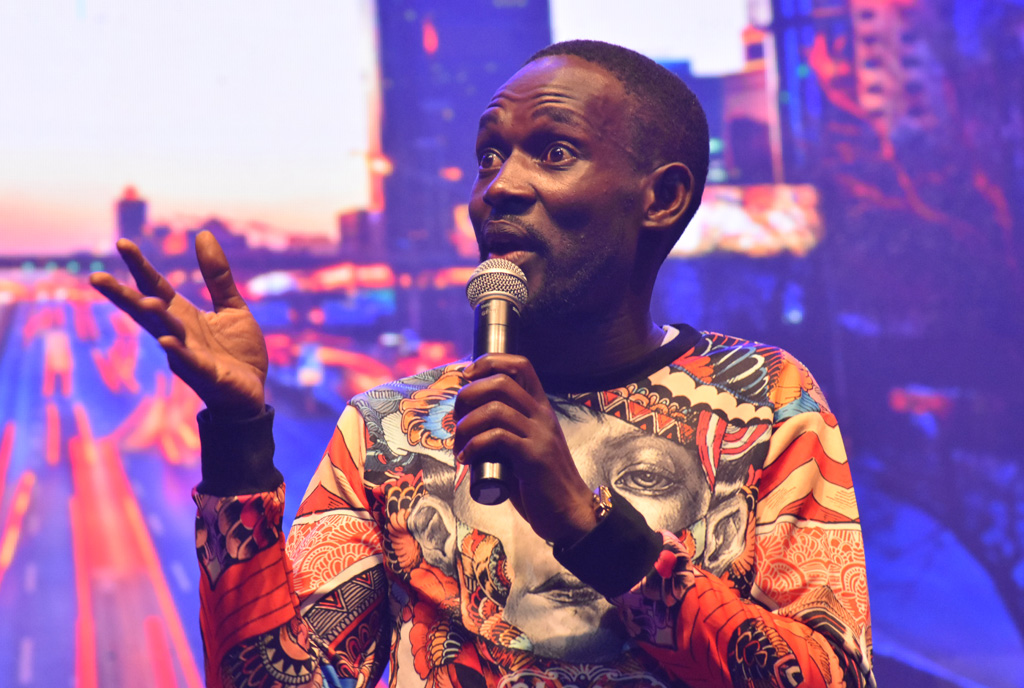 Over the years this audience has been shrinking and after Covid-19, it almost became nonexistent. Theatre is not dead, but its struggles almost outdo those of any other art form there is.
Over the years this audience has been shrinking and after Covid-19, it almost became nonexistent. Theatre is not dead, but its struggles almost outdo those of any other art form there is.
There are many beliefs shared by different people who love the arts, the belief that every day that goes by art decays beyond saving; some believe art has been drastically facing a slow death while others believe the current crop of artists are simply using methodologies their older counterparts have failed to grasp.
For instance, rap is no longer about spoken word, it is mumble as well, some rappers no longer write their own material while others don’t write at all. If it were the 1990s, these could be cardinal sins.
Yet, if there is one thing most art heads agree with, it is a fact that theatre as it is loved and celebrated may be no more.
The theatre which transported people to a land they could only imagine has today been replaced by many things and heavily inconvenienced by many new cultures, one may wonder, how has music, film, visual art or these other different forms of art survived.
Some have mutated; Netflix is trying to replace cinema but cinema is fighting back, though streaming has successfully killed CDs, tapes and other physical material that used to carry music; these were the biggest revenue of artists.
If an artiste sold about 10,000 copies of their album, that was enough to offset a number of expenses, if they sold a million copies, they could do a year without necessarily touring but have money from these direct sales. What streaming did however is that it spread their music far and wide but drastically cut on their earnings.
Thus, the artistes are very popular people that even in remote Ugandan villages can respond to Kendrick Lamar’s Not Like Us Superbowl challenge, but none of them are individually paying for Lamar’s music.
Some are either pirating it while others are streaming it off platforms where they pay a one-for-all subscription fee; where you pay Shs10,000 and listen to all the music there is on earth. But music still has a chance to put on outstanding concerts, films in the same way can be watched on a smart phone and all parties will be paid.
Theatre survival
But there is theatre, an art mainly built around sharing emotions, an art which feeds its energy off the people that have paid to consume it.
Theatre’s survival, unlike film and music is always hinged on the audience; it is not a theatre show without an audience, it can as well become a rehearsal; it is also not a theatre show if the performers can’t see the audience.
Theatre audiences or spectators as some people call them are not just a people that show up to see drama, they are part of the experience. They are a core part of the magic; the right audience will allow the cast to put on a show they rehearsed but a splendid audience can elevate a show.
However, over the years this audience has been shrinking and after Covid-19, it almost became nonexistent. theatre is not dead but its struggles almost outdo those of any other art form there is.
On March 27, the world celebrated the annual World Theatre Day, however, with everything going around the global theatre industry, it is easy to imagine many people simply let the day slide or did not even notice it happened.
In Uganda, the International Theatre Institute (ITI) Ugandan chapter celebrated the day at the National Theatre with a symposium about collective strength, funding and advocacy.
ITI initiated the World Theatre Day in 1961, with March 27 as the date of the opening of the Theatre of Nations season in 1962, Paris and has been celebrated ever since.
The essence of the day lies in promoting the art form and inspiring governments, individuals, and organisations to support and promote the theatre community. On this day, people mark it with performances, talks and theatrical communities hosting events, award ceremonies and live performances.
Stay updated by following our WhatsApp and Telegram channels;





























































